McCalls 8244 How to Sew Athleisure wear and stay happy and sane
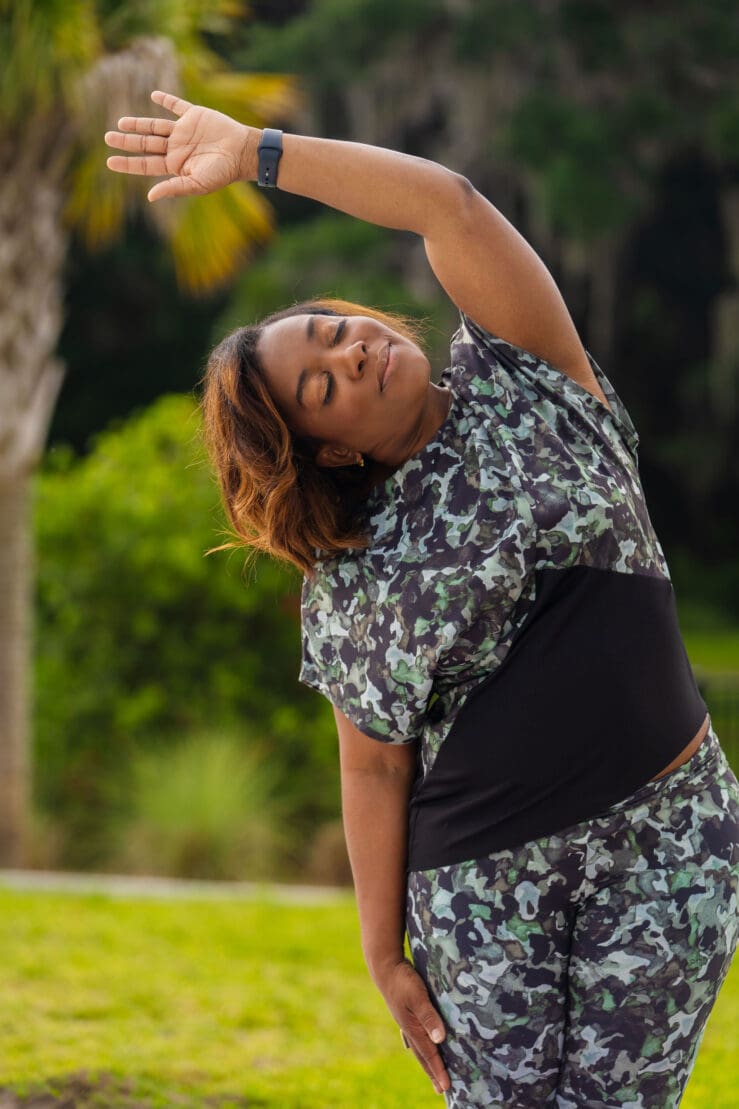
Let’s talk Athleisure wear
I fought long and hard, but this trend is here to stay, so enter McCalls 8244, athleisure wear. Everyone wears athleisure wear almost everywhere, so it’s not surprising that McCall’s (aka Something Delightful) came out with a fresh semi-workout pattern. This is a quick and easy make and ready to wear for my next grocery run or workout.
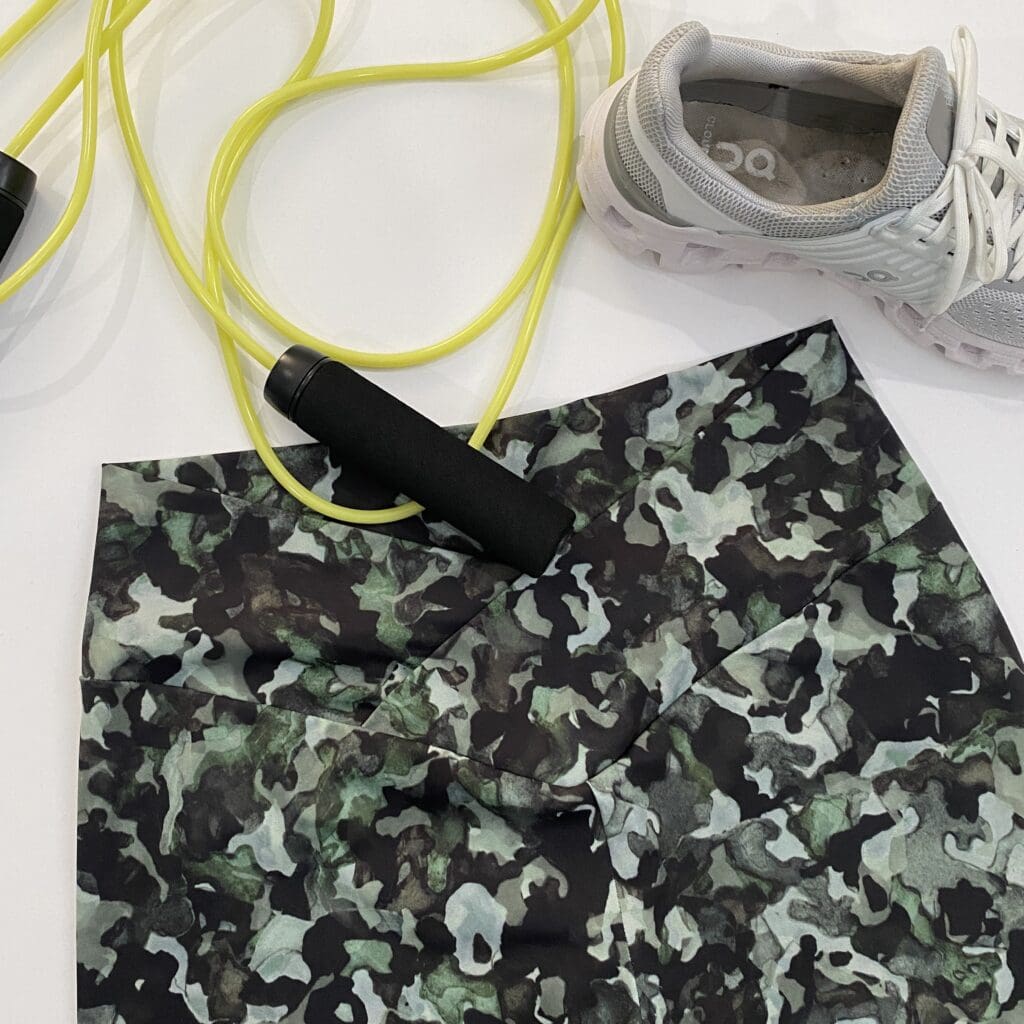
I recently had the opportunity to delve into the world of athleisure wear by trying out the McCall 8244 sewing pattern. As an avid sewing enthusiast, I was excited to take on the challenge of working with stretchy materials. To my delight, I found the pattern to be very beginner-friendly and easy to follow.
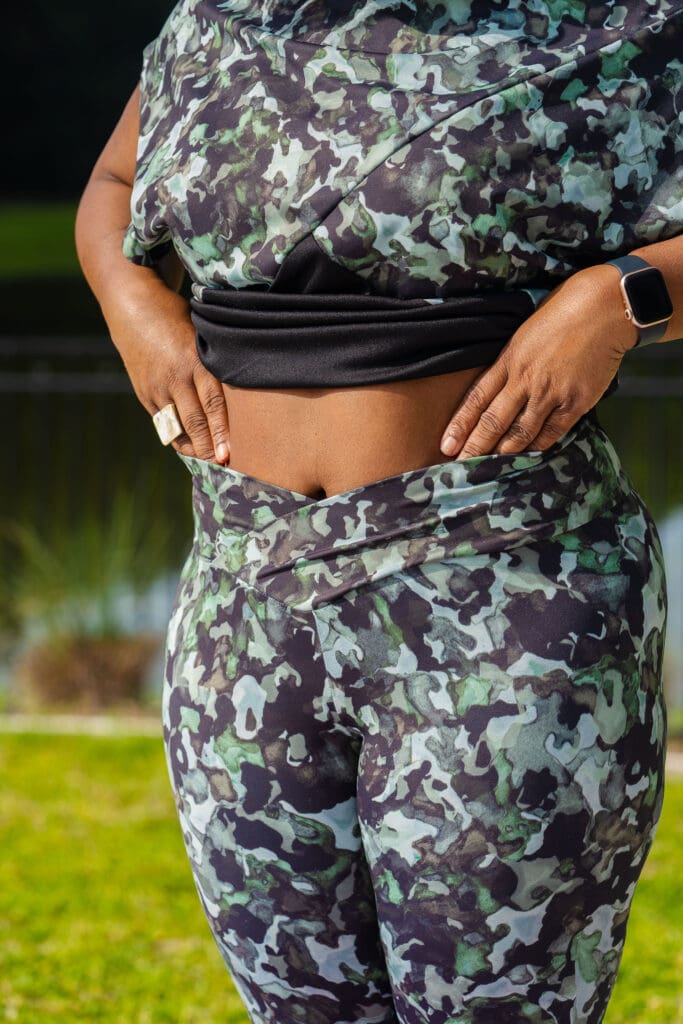
The pattern offers options for a hoodie, leggings, and a full-length top, making it perfect for a casual day out or a rigorous workout.
It’s a hoodie workout top. Let’s go. As always, I will walk you through the basics and then give you a little review.
Pattern Features
Two top has options, and there is a single pattern for leggings
- short sleeved w/o a hood
- long sleeved w/ a hood
Fabric for M8244
I purchased this fabric from Gail K and then borrowed a little contrast fabric from a leftover purchase from Melanated Fabrics.
Sewing Skills Needed
Working with knits. I love knits, and you must have the basic skills necessary to work with this type of fabric for a successful outcome.
Check out my tips in this article all about knits. And remember the pick-a-knit rule (Watch this video). Don’t get caught using the wrong knit. Knits come in all different flavors; there’s even something called sweatshirt knit.
Tips for Sewing M8244 athleisure
If you’re interested in sewing your athleisure wear, it can be a fun and rewarding experience. Not only do you have the opportunity to customize your clothing to fit your unique style, but you can also save money by making your pieces. However, there are a few essential tips to remember when sewing athleisure wear.
Essential Tips for Sewing athleisure wear
1. Choose the right fabrics.
Firstly, it’s crucial to choose the suitable fabrics. Regarding athleisure wear, you’ll want to select stretch and breathable fabrics. Materials like spandex, nylon, and polyester blends are great options, allowing you to move freely and wick away moisture.

2. Use the correct needle.
Additionally, you’ll want to use suitable needles and thread to ensure that your seams don’t pop. Using a ballpoint needle and polyester thread is best, as these work well with stretchy and moisture-wicking fabrics. Try to use a stretch needle if it is available. Using the right needle when sewing with knit or stretchy fabrics is essential. A stretch needle has a slightly rounded tip that helps it penetrate the fabric without damaging or breaking the fibers. This is especially important for knit fabrics, which can easily become stretched out or distorted if sewn with a regular needle. Additionally, a stretch needle has a slightly longer and deeper groove along the shaft, which helps prevent skipped stitches and reduces the likelihood of the thread breaking. So if you want to ensure that your sewing projects turn out well and last a long time, investing in some stretch needles is a good idea.
Consider using a serger or specialty feet for M8244.
Another tip to consider is using a serger. A serger is a particular sewing machine that trims and finishes the edges of your fabric as you sew. This is especially helpful when working with stretchy fabrics because it helps prevent fraying and makes your seams stronger. However, if you don’t have access to a serger, don’t worry – you can still sew athleisure wear without one.
Opting for a differential foot could significantly enhance the outcome if you want to sew with knit or stretchy fabrics. The differential foot maintains an even fabric feed through the machine, preventing any distortion or stretching during the sewing process. This feature is particularly valuable when dealing with knit fabrics, which can pose a challenge due to their stretchiness. By utilizing a differential foot, you’ll be able to attain a more polished result, with even stitching and no puckering or stretching. Therefore, if you intend to sew with knits, a differential foot is definitely a worthwhile investment.
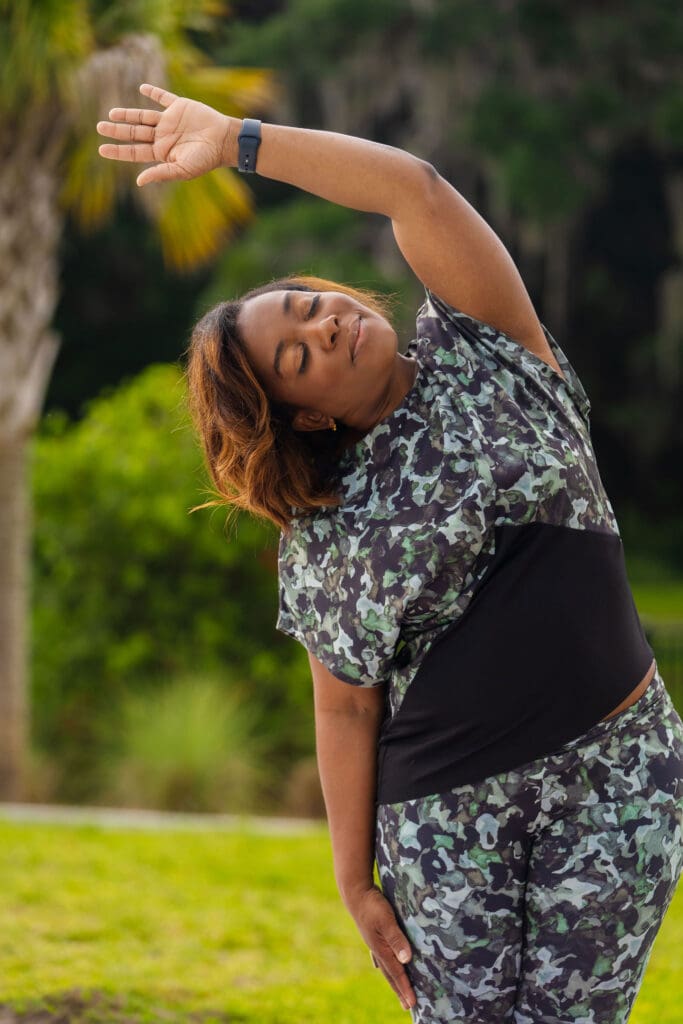
Have fun, and don’t rush it.
When sewing athleisure wear like McCalls 8244, taking your time and not rushing is essential. These fabrics can be tricky to work with, so be sure to follow the pattern instructions carefully and take breaks when you need to. And finally, don’t be afraid to add your touches to your pieces. One of the best things about sewing your athleisure wear is that you can customize it to fit your style. Consider adding fun details like contrast stitching, color-blocking, or even pockets to make your pieces truly unique.
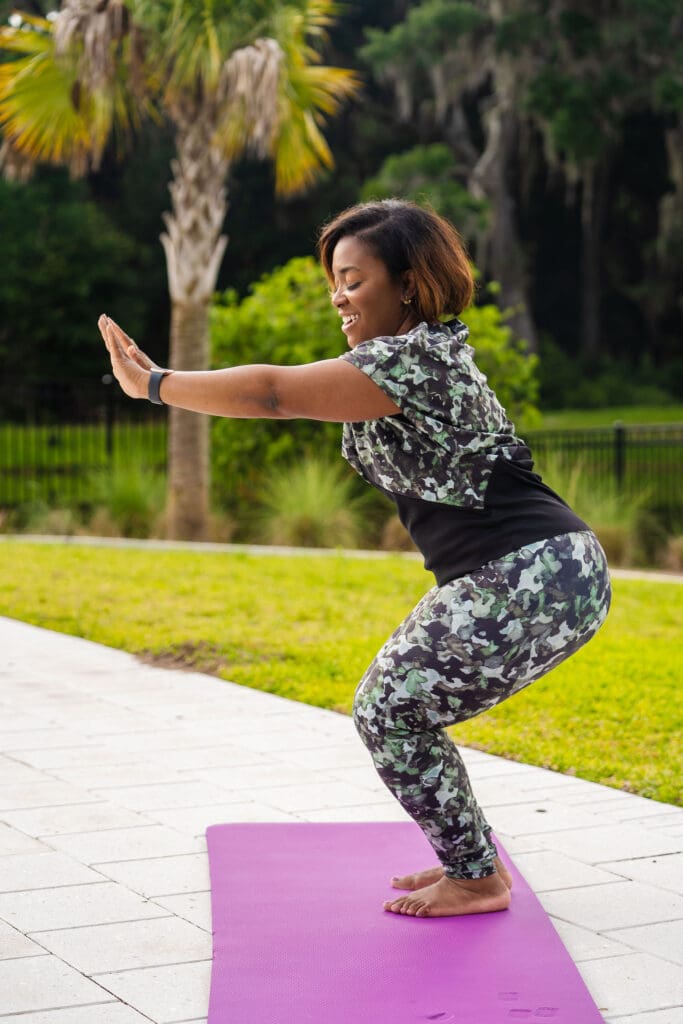
I highly recommend the McCall 8244 pattern to anyone looking to create comfortable and stylish athleisure wear. The pattern is easy to use and offers multiple options for customization. You can create unique, functional, and fashionable pieces with patience and practice. So, go ahead and get sewing!
Thank you for the tip on the differential foot. I had no idea that this could help me with the not overstretching the fabric during construction. Hopefully I will no longer be the Pucker Queen after this tip. This would make a great video tutorial for people like me 🙂